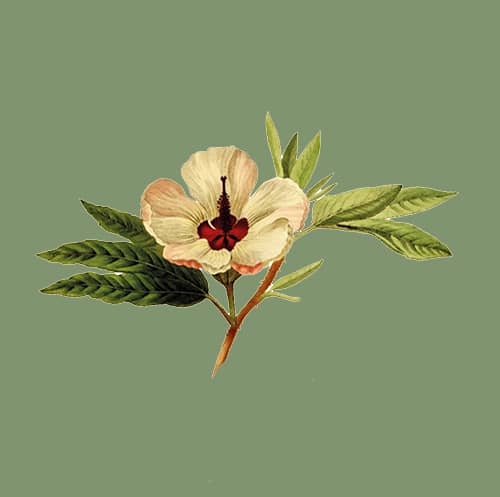There are many things which can be done now to add to the garden’s fullness and growth, and one of those is bare-root planting.

Roots to Success
We plan bare-root planting through autumn and winter, but what is it? Why does this happen now? And what are the benefits?
Simply put, bare-root plants are exactly as the name suggests, bare-root. Put another way, this means that plants are supplied without pots or containers and with any soil washed from the roots. Traditionally, this would be mainly trees and shrubs (particularly hedging), but perennial herbaceous plants are more widely being supplied as bare-root too.
Bare-root plants are grown directly in the ground rather than in pots, they are then lifted from the field, as required, and delivered before their roots lose too much moisture (they are often wrapped in moisture retaining material to help keep them hydrated during transportation).
Timing is crucial and we are well-versed in optimal sourcing and planting for your desired scheme. Ideally, bare-root plants need to be planted quickly after delivery, so that roots aren’t exposed to the atmosphere for too long and begin to dry out, though planting can be delayed through a process known as heeling in.
Heeling in means temporarily digging plants into a trench at an angle, where the canopy is close to the ground but the roots are fully covered. This might happen, for example, when conditions are too cold to plant out. Planting them at an angle, keeping the canopy low, offers extra protection from the elements. They can also be planted in containers until conditions allow for planting in their permanent home.
If or when conditions allow for planting out permanently, we use a mycorrhizal treatment, which helps the root network get off to a flying start and readies plants to settle into their new environment.
The Beauty of Bare-Root
Bare-root plants that have been grown in a natural environment without the containment of a pot, have been allowed the space for their roots to run free, which often results in bigger, stronger plants.
When bare-root plants are lifted some of their roots are naturally damaged or cut off, and therefore, they are not as able to take up as much water. This is partly why they are lifted at this time of year, when there’s plenty of rainfall. The air is also cool enough for plants to be dormant, whilst the earth is still warm enough (i.e. not frozen) to get some root growth going.
This root-loss may mean that plants are slower to flourish above-ground than container-grown plants in the short-term, however, the pruning of the rootball will actually encourage fuller, healthier root growth and the root system will establish quicker than container-grown specimens, so in the long-term, the result will be vigorous, thriving plants.

Being in a dormant state also means that the plant is not actively taking up many nutrients, other than water, via the roots to support foliage or flowers, making for excellent transplanting conditions.
Having been grown in open ground, they also don’t need as much time to acclimatise to the earth of their pastures-new from the artificially enhanced soil conditions of their pot-grown counterparts.
Another advantage of bare-root stock is that buying bare-root offers far better value for money. The weight of bare-root plants without containers and the accompanying soil is a fraction of the weight of container-grown stock, meaning that transporting them is far cheaper and easier. It’s easier to handle them once they arrive in the garden.
No plastic pots means less harm to the environment too.
As we touch on the environment, it may be worth noting that, once mature, bare-root plants are thought to be better equipped to cope with drought conditions too.
Bare-root planting examples
We often cover large expanses with bare-root hedging and one such scheme currently sees us planting of 220m of mixed native whips, interspersed with glorious bare-root Tilia platyphyllos trees (Large-leaved lime) along a driveway entrance. Bare-root laurel, hornbeams and blackthorns are also popular hedging choices.
Bare-root shrubs such as Cornus are perfect for areas that are particularly moist and water-logged. Perfect for year-round garden interest, bare-root Taxus baccata is another beautiful bare-root shrub that creates a glorious evergreen framework throughout the garden.

So if you have the desire, don’t delay! Embrace the season with bare-root booty now, trees, hedges, fruits and even roses for the floriferous fellows. Especially where abundance is the order of the day, bare-root plants are a wise choice and now is the perfect time to get them planted.
Let us take the hard work out of sourcing, preparing and planting bare-root stock for your garden. Our expert team works wonders creating natural, living screening, healthy hedges, fruitful orchards and ravishing rose gardens.
We’d love to hear your ideas for the garden. Talk to us about how we can help bring them to life.


